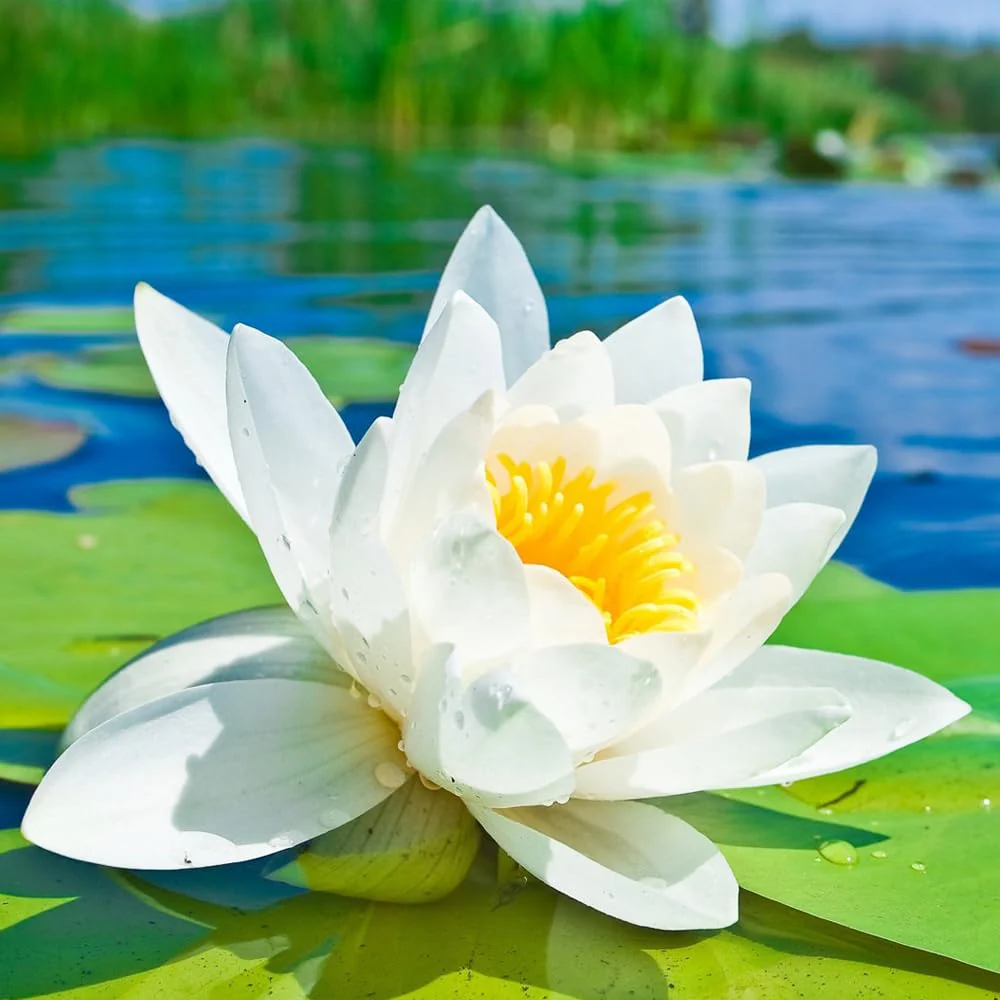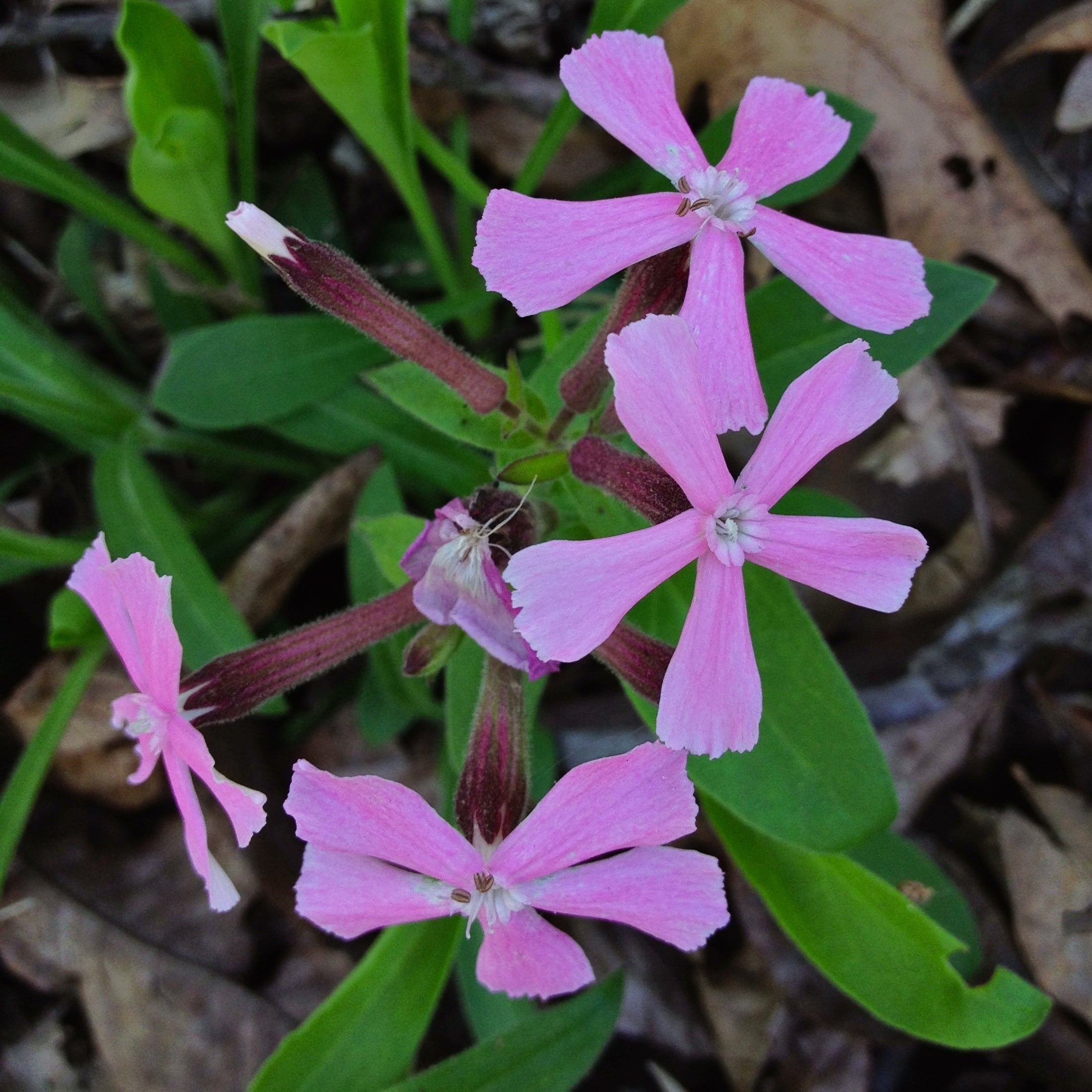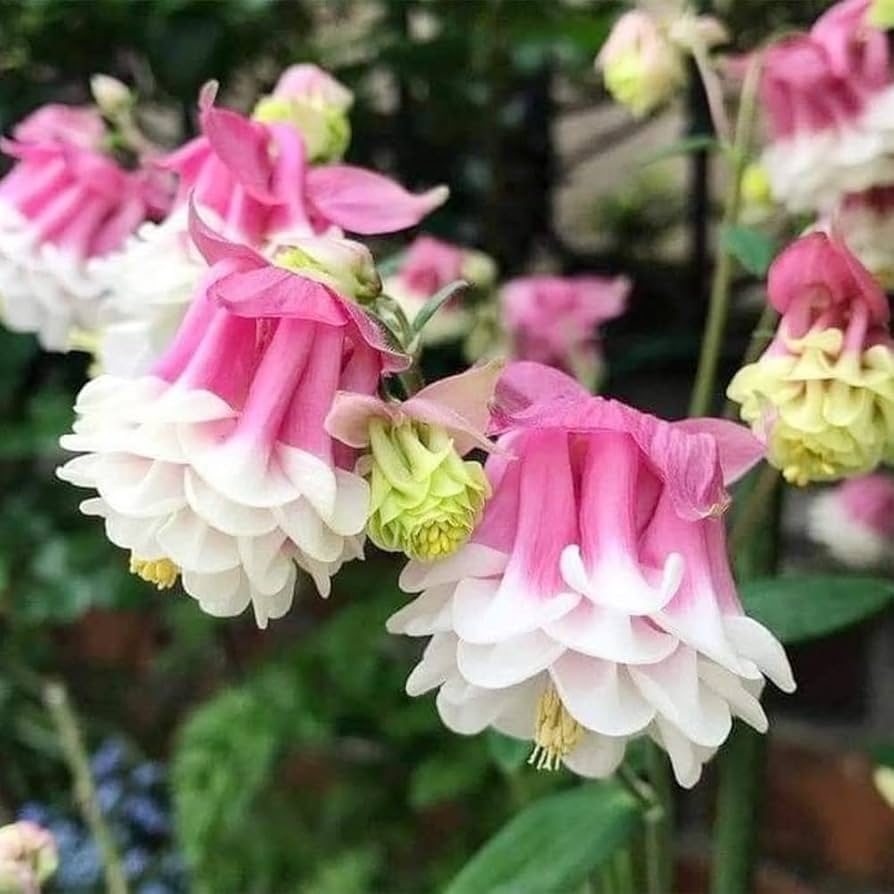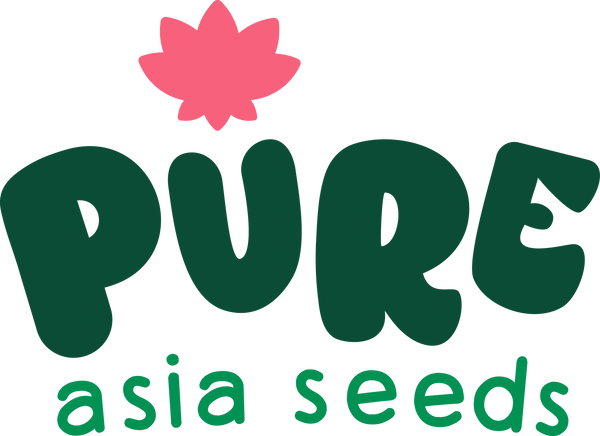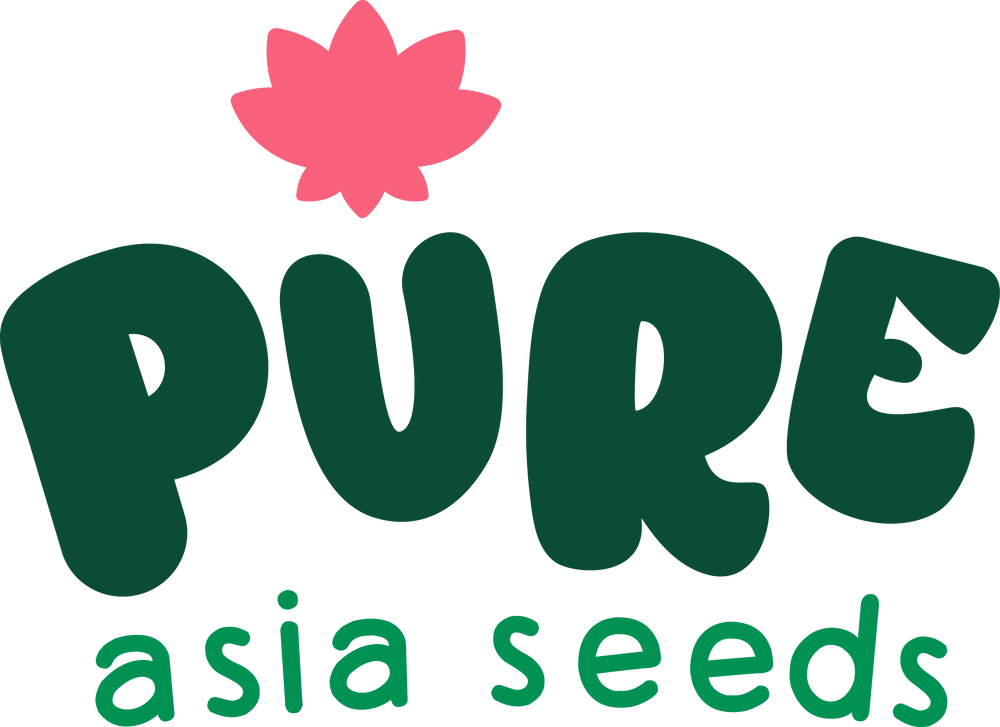Healthy soil is the foundation of a thriving garden. Here’s how to know your soil and keep it alive.
Introduction
Soil is more than just dirt—it's a living, breathing ecosystem that supports plant life. Whether you're growing vegetables, herbs, flowers, or fruits, the key to success lies in the health of your soil. Understanding what makes soil “healthy” can make a huge difference in plant growth, disease resistance, and harvest quality.
In this guide, we’ll walk you through the basics of soil health, how to assess it, and how to improve it for better gardening results.

1. What Is Soil Health?
Soil health refers to the physical, chemical, and biological condition of your soil. Healthy soil:
-
Retains moisture without waterlogging
-
Has good structure and texture
-
Supports beneficial microbes and earthworms
-
Provides essential nutrients to plants
-
Allows proper root growth and air circulation
2. Know Your Soil Type
There are several types of soil, each with unique characteristics:
-
Sandy soil – Drains quickly, poor in nutrients
-
Clay soil – Dense, retains water, slow to drain
-
Loamy soil – Ideal mix of sand, silt, and clay; nutrient-rich
-
Silty soil – Soft and moisture-retentive but may compact easily
You can perform a simple jar test at home to identify your soil type.
3. Signs of Healthy vs. Unhealthy Soil
Healthy Soil:
-
Crumbly texture
-
Earthworm activity
-
Earthy smell
-
Dark in color
-
Supports strong root growth
Unhealthy Soil:
-
Compact or hard surface
-
Foul odor (anaerobic conditions)
-
Cracks or pooling water
-
Yellowing or stunted plants
4. The Role of Organic Matter
Organic matter is what feeds the soil life. It includes:
-
Decomposed plant material
-
Compost
-
Animal manure
-
Mulch and crop residues
Adding organic matter improves soil texture, boosts microbial activity, and increases nutrient availability.
5. Soil pH and Nutrient Balance
Soil pH affects how well plants absorb nutrients. Most garden plants prefer a slightly acidic to neutral pH (6.0–7.0).
-
Test soil pH using home kits or meters
-
Too acidic? Add lime
-
Too alkaline? Add sulfur or organic matter
Also check for macro nutrients (N-P-K: nitrogen, phosphorus, potassium) and micro nutrients (calcium, magnesium, zinc).
6. Encourage Soil Life
Healthy soil is teeming with beneficial life—fungi, bacteria, nematodes, and worms all play key roles.
-
Avoid synthetic chemicals that harm microbes
-
Mulch regularly to protect and feed soil organisms
-
Rotate crops to reduce disease buildup
7. How to Improve Soil Health
Practical ways to build and maintain healthy soil:
-
Compost regularly
-
Use green manures or cover crops
-
Practice no-till or low-till gardening
-
Avoid compaction (don’t walk on garden beds)
-
Apply natural fertilizers like fish emulsion, seaweed extract, or bone meal
Final Thoughts
Great gardens grow from the ground up—literally. Soil is alive, and like any living system, it needs care, nourishment, and balance. Whether you're growing basil on your windowsill or a full backyard of veggies, knowing your soil is the first step to gardening success.
At Pure Asia Seeds, we’re passionate about helping gardeners build healthier soil and better gardens—one seed at a time.

